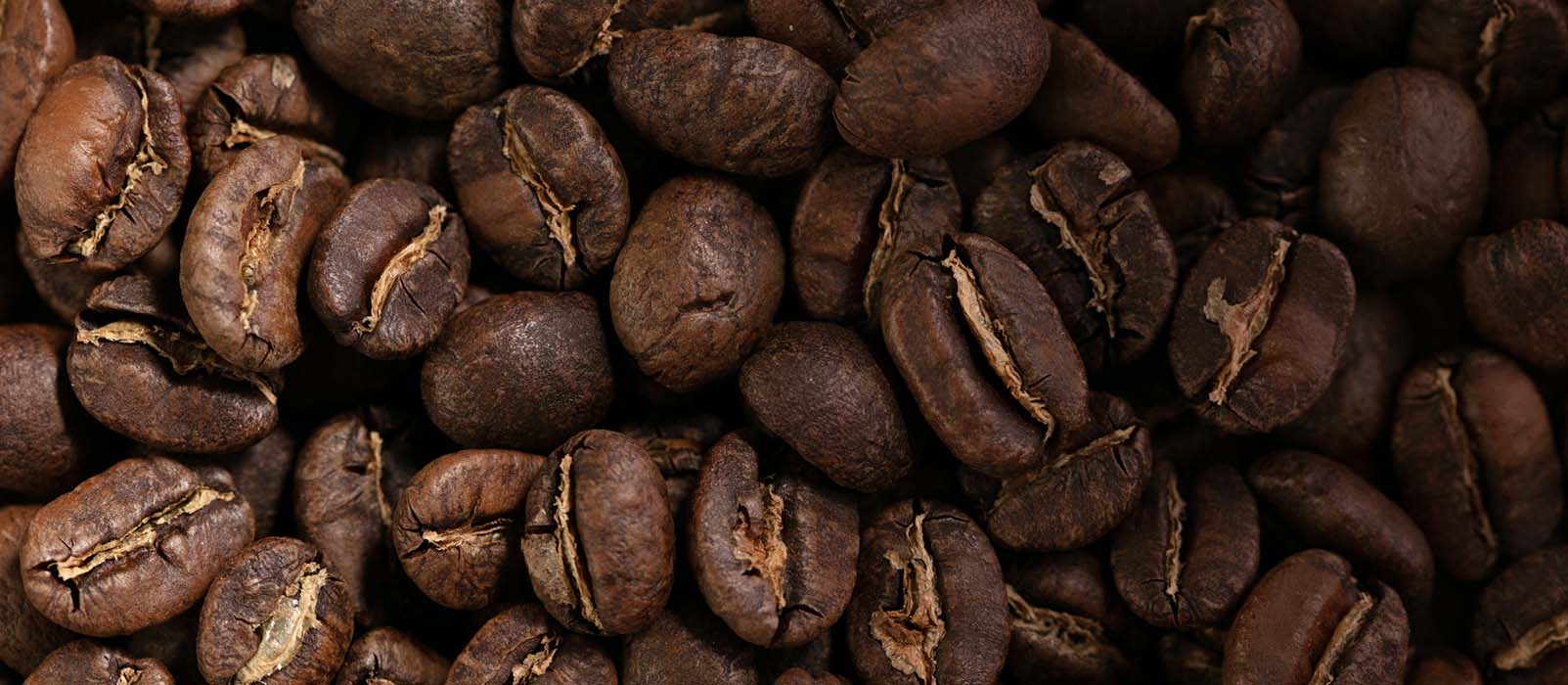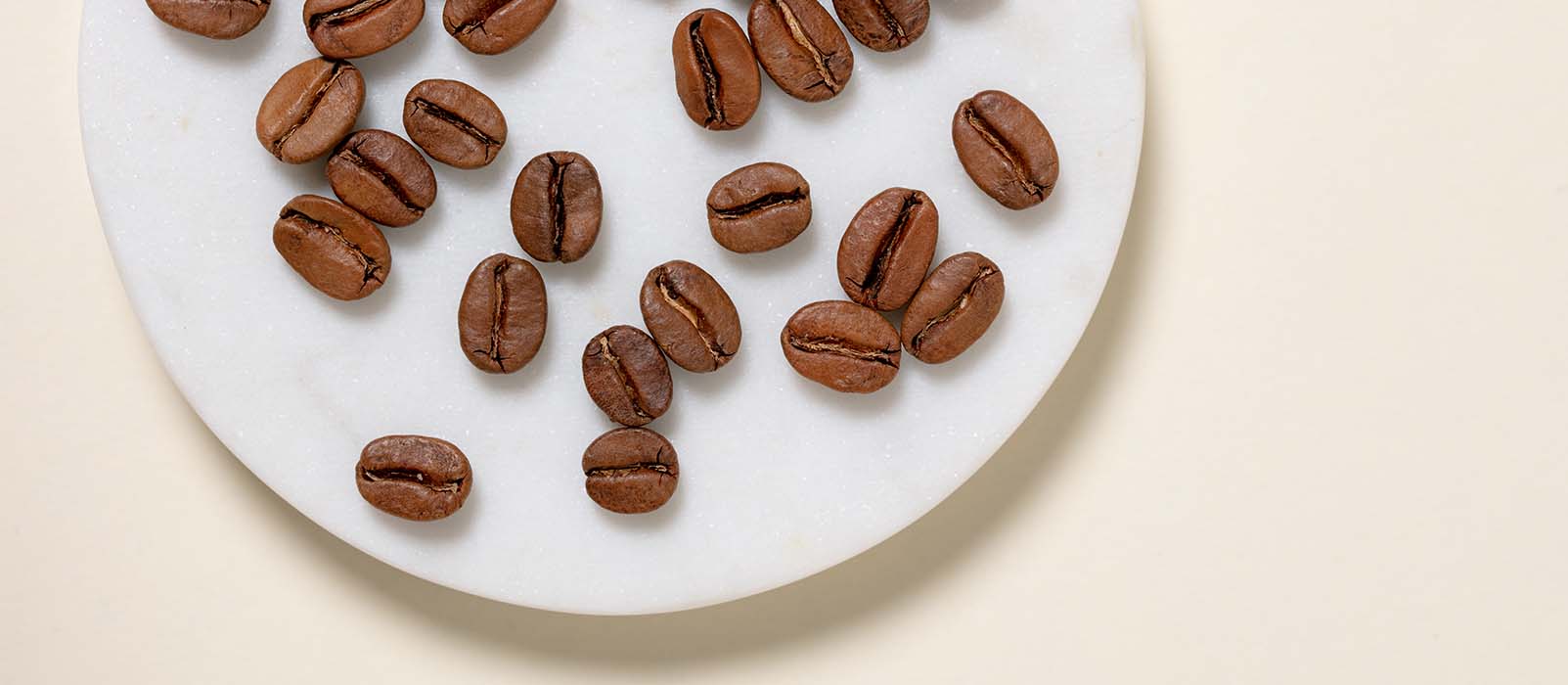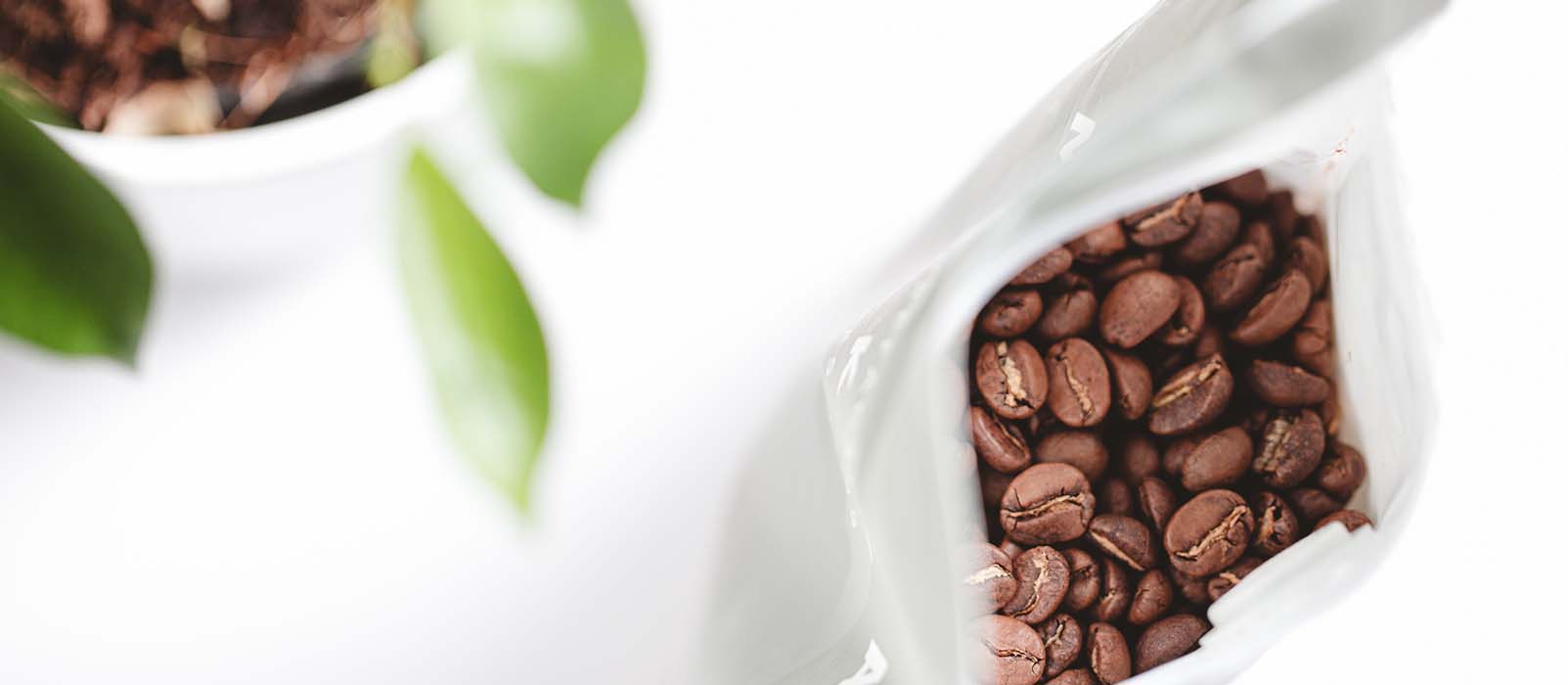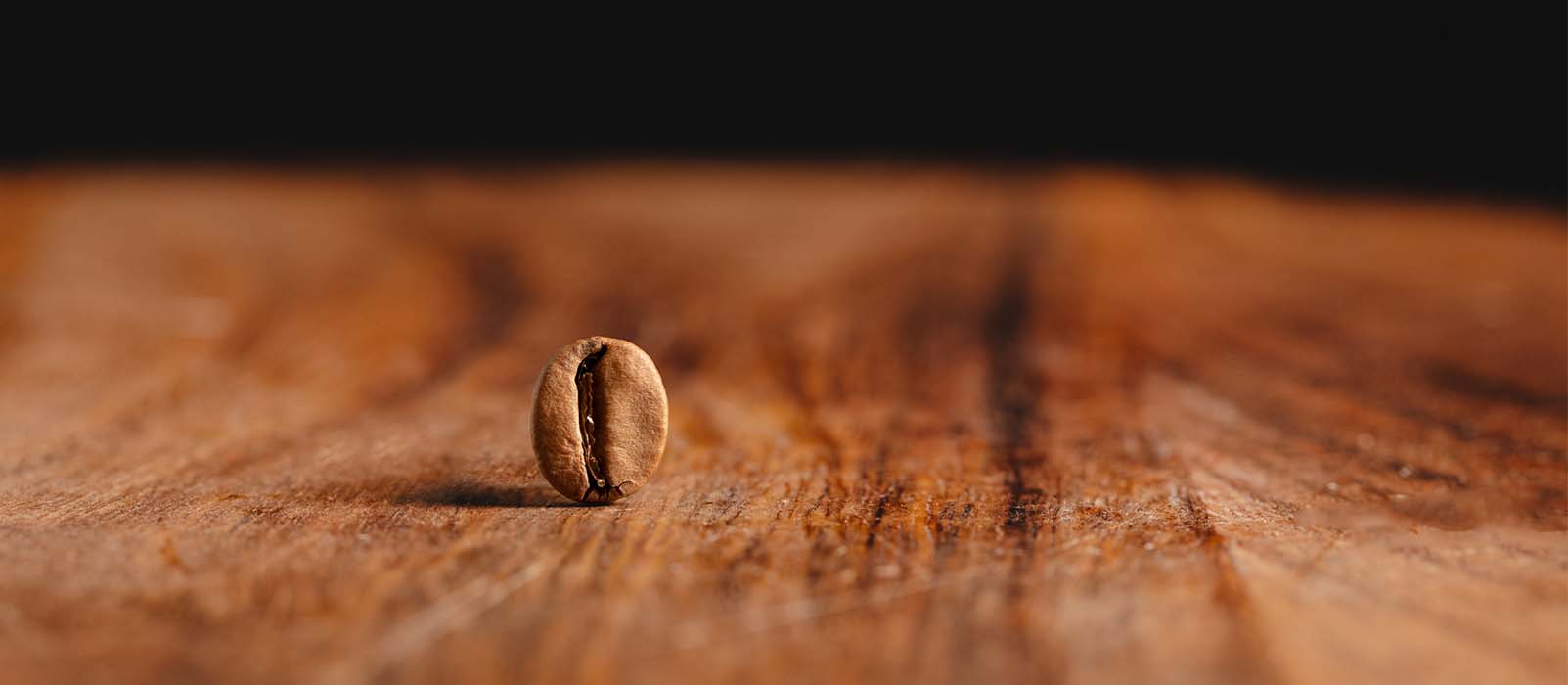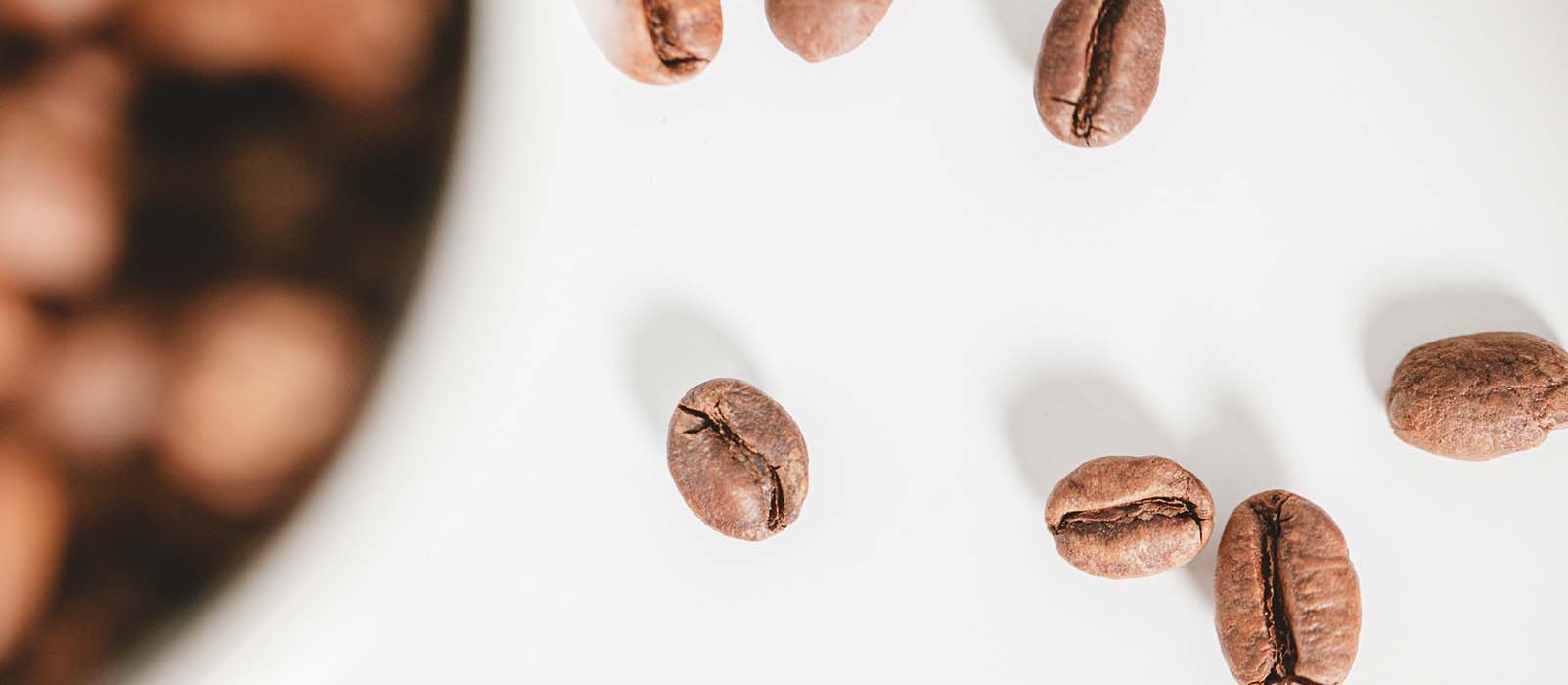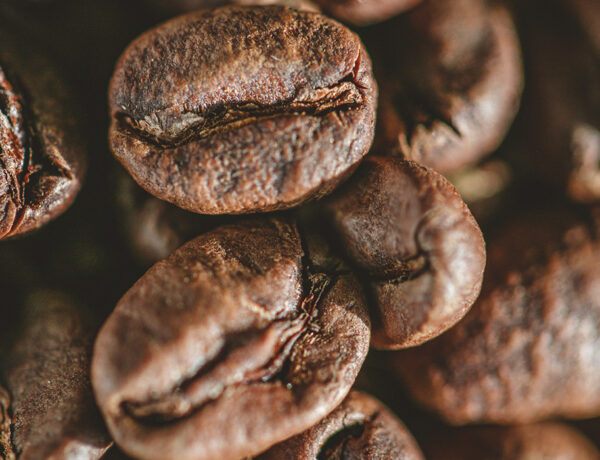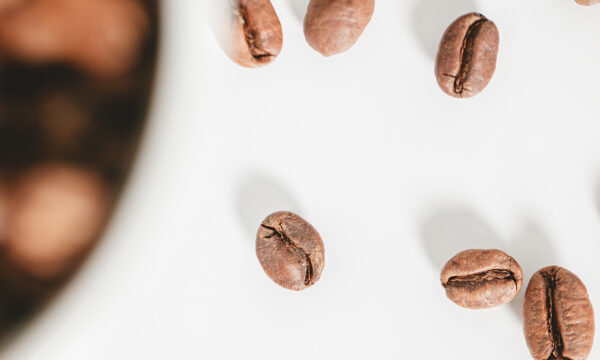
- Home
- All you need to know about Robusta Coffee

All you need to know about Robusta Coffee
Written by Chloé
Reading time 5 minOriginally from Africa, Robusta Coffee is now mainly grown in western countries. More caffeinated than Arabica, it has unique characteristics and is often used in blends. Find out all you need to know about Robusta Coffee.
Where does Robusta Coffee come from?
Robusta Coffee, like Arabica, is native to Central and West Africa. Robusta was discovered in Central Africa during the 19th century, particularly in the Congo basin, unlike Arabica , which originated on the Arabian Peninsula.
Scientifically known as coffea canephora, it blossoms in warm, humid climates. This is why Coffea canephora is found today in western countries such as Côte d’Ivoire and in Asian countries such as Vietnam and India. It accounts for around 40% of the world’s coffee production.
The remaining 60% is attributed to coffea arabica, better known as arabica coffee.
Maxicoffee’s insider info about the world of coffee
Coffee is extracted from a bush belonging to the Rubiaceae family and the Coffea genus: the coffee tree. While the coffea arabica gives rise to arabica, the coffea canephora produces several varieties, the most famous of which being robusta.
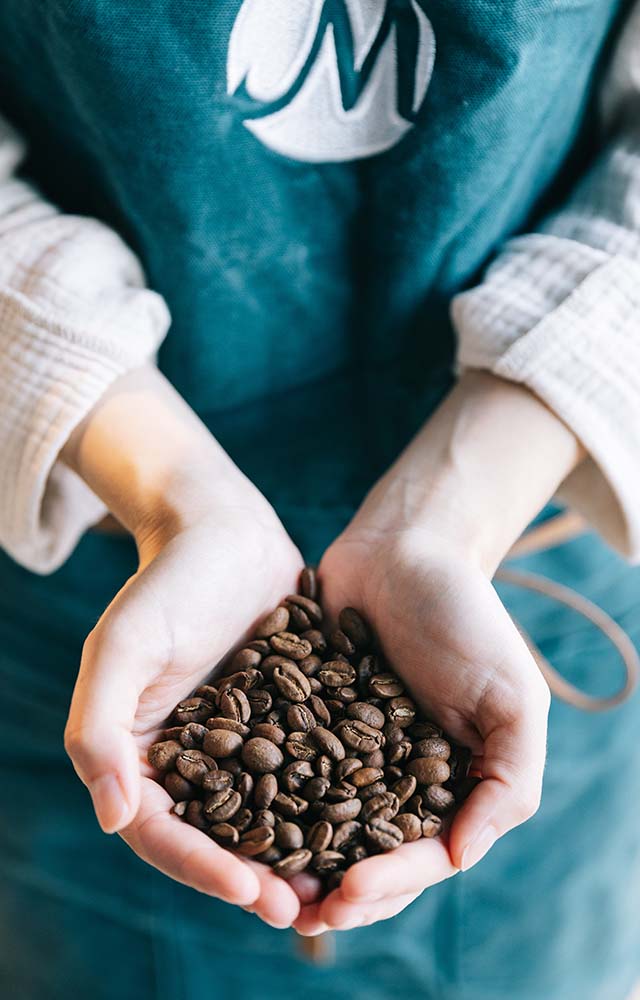
Where does robusta coffee grow?
Coffea canephora, also known as robusta coffee, belongs to the Rubiaceae family , part of the coffea genus, which counts 124 species.
Robusta coffee is distinguished by its round beans with a straight furrow, varying in colour from yellow to brown, unlike Arabica, which is red, purple or yellow.
Cultivated for centuries, Robusta is appreciated for its strong resistance to disease and parasites (which is why it is said to be “robust”), and its ability to grow at lower altitudes and in warmer climatic conditions than Arabica, which is better known for its coffee quality.
Moreover, its caffeine content is twice as high than Arabica, because the plant produces more caffeine, a natural insecticide, to protect itself from insects. As a result, Robusta develops a more intense flavour, marked by woody and earthy notes. Widespread throughout the world, Robusta coffee beans have become a must for lovers of strong coffee.
What are the Robusta coffee varieties?
Coffea canephora has several varieties, the most famous of which is robusta.
Other varieties, such as conilon, are also produced. Conilon is grown mainly in Brazil, where it accounts for a significant proportion of the world’s Robusta coffee production.
Of the many robusta coffee varieties grown around the world, the most famous are java-ineac, nana, kouillou and congensis. They offer a diversity of options for coffee producers and connoisseurs looking for unique and varied flavour profiles.
What does Robusta Coffee taste like?
Robusta coffee is famous for its intense character. When you taste it, you’ll find woody and earthy notes, as well as a pronounced bitterness that sets it apart from Arabica coffee.
This variety is rarely consumed on its own, except in Italy, where it is appreciated for creating full-bodied espressos full of character.
Robusta is therefore often used in blends with Arabica to add strength and body to the beverage. This combination produces a well-balanced cup, with the richness and aromatic complexity of Arabica combined with the strength and robustness of Robusta
Robusta’s place in the world of coffee
As mentioned above, Robusta coffee is widely recognised for its essential role in creating full-bodied coffee blends. However, Robusta is gradually gaining its place in the world of specialty coffee. Coffee lovers can now discover high-quality robustas, grown with care and attention to produce exceptional cups.
One notable example is Colobus Cafés Lugat, which offers premium robustas selected for their unique flavour profiles and exceptional quality. This development reflects the growing appreciation of the nuances and possibilities offered by robusta coffee, even in the
How much does Robusta Coffee cost?
The price of robusta coffee is regulated by the London Stock Exchange, which operates on the commodities market. This index is based on the price of green coffee, i.e. the unroasted bean. Fluctuations in this price are influenced by supply and demand, as well as by the speculative behaviour of market players such as traders.
As a result, the price of Robusta coffee beans can fluctuate widely. In addition to the stock market price, other factors come into play, such as the producer’s differential, sea freight, logistics and road transport.
In addition, factors such as the coffee’s quality, speciality, production process and growing conditions can also influence its market price. As a result, a wide range of prices is available for Robusta coffee, reflecting the diversity of production conditions and characteristics of the final product.
What’s the difference between Robusta and Arabica?
Arabica and Robusta offer unique taste experiences. While Arabica coffee beans are often considered to be of better quality and more expensive, Robusta is appreciated for its resistance to disease and its use in espresso blends to add body and strength.
Arabica, grown at high altitudes, is known for its sweetness and subtle aromas, with floral and fruity notes. Robusta, on the other hand, is grown at lower altitudes and is characterised by its strength and bitterness, as well as more pronounced woody and earthy flavours.
Exploring the world of Robusta coffee reveals a world rich in flavour and character. From its robustness to its influence on the coffee industry, this variety deserves in-depth exploration for any connoisseur wishing to broaden his or her taste horizons and caffeine knowledge. So don’t delay in sampling this variety!
Discover all of our articles
